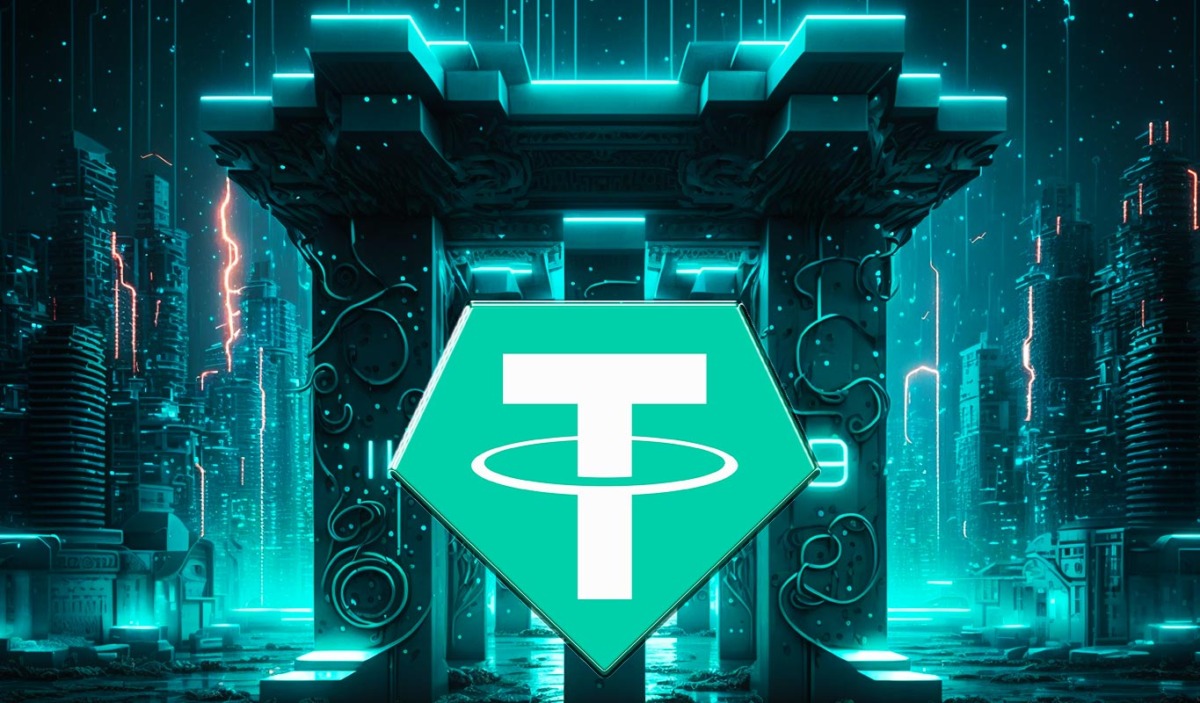Stablecoin giant Tether announced that it has stopped relying on Algorand and EOS Blockchains. According to the company’s statement, the liquidation will cover a period of 12 months. Meanwhile, it should be reminded that Tether also terminated its Omni Network support last year. Therefore, this move of the company is not new.
The transition is expected to be carried out with minimal disruption
Stablecoin giant Tether is halting the issuance of newer USDT tokens on two blockchains. Thus, the stablecoin continues to transform USDT. According to the company’s official announcement, it will stop printing USDT on Eos and Algorand Blockchains as of June 24. Following termination, Tether will continue to use USDT on Eos and Algorand “as usual” for the next 12 months. The announcement states, “Other changes may be evaluated and announced during this period.”
According to Tether, the removal of Eos and Algorand-based USDT issuance is in line with the company’s start to defend balance in the Tether ecosystem. “We carefully evaluate the security architecture of the network to ensure the security, usability and sustainability of the selected Blockchain,” Tether said, adding that its final goal is to “allocate resources where they can best increase security and efficiency” while encouraging innovation. In this context, the company made the following statement:
We assure our community that this transition will be accomplished with care and minimal disruption. Our top priority is to provide a trouble-free user experience. Additionally, we are committed to facilitating a problem-free transition.

Tether (USDT) moves in and out of different blockchains
cryptokoin.com As you follow from , in August last year, the company announced that the support for its USDT on the Bitcoin (BTC) Blockchain was cut off. The stablecoin issuer specifically stated that as of August 17, 2023, it has stopped issuing or “minting” USDT tokens on the Omni Network, which hosts the BTC variant, Kusama, and Bitcoin Cash Easy Ledger Protocol (BCH-SLP) Blockchains.
As it plans to do with Tether, EOS and Algorand, it also maintained the redemption system for USDT-Omni, USDT-Kusama and USDT-BCHSLP for a period of at least 12 months. On the other hand, USDT was recently integrated into the Toncoin ecosystem by the leading cryptocurrency exchange Binance. As a result, Binance now offers comprehensive deposit and withdrawal services for this major stablecoin.
Eos and Algorand account for less than 0.1% of total USDT supply
Eos and Algorand are just two of 17 blockchains that enable Tether transactions across multiple blockchain networks, including Ethereum, Tron, Solana, The Open Network (TON), and others. According to Tether’s information, as of June 22, the total Eos-based Tether in circulation is 75.5 million dollars. In other words, it is approximately 0.06% of the USDT in circulation, which is approximately 113 billion dollars. Algorand-based Tether has an even smaller share of total USDT circulation, with approximately $17 million of USDT supply, or approximately 0.01% of total USDT in circulation.
 Eos and Algorand USDT supply as of June 22, 2024. Source: Tether
Eos and Algorand USDT supply as of June 22, 2024. Source: Tether


